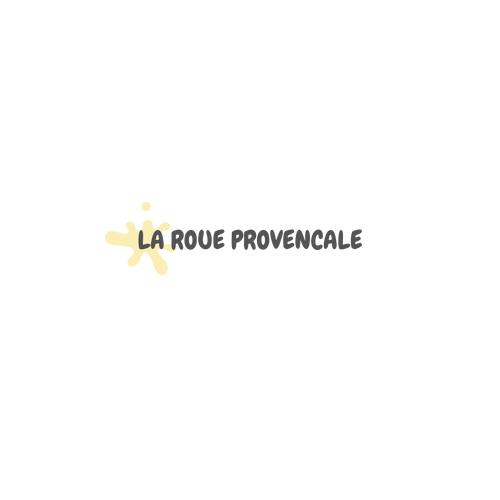Music theory is the investigation of the practices and conceivable outcomes of music. The Oxford Companion to Music depicts three interrelated employments of the expression “music theory”. The musicological way to deal with theory contrasts from music examination “in that it takes as its beginning stage, not the singular work or execution, but rather the crucial materials from which it is fabricated.”

Music theory is much of the time worried about portraying how musicians and authors make music, including tuning frameworks and synthesis techniques among different themes.
Music theory as a down-to-earth discipline envelops the techniques and ideas that writers and different musicians use in making music and psychology . In antiquated and living societies all over the planet, the profound and long underlying foundations of music theory are noticeable in instruments, oral customs, and current music production. Many societies have likewise considered music theory in more proper ways, like composing compositions and music documentation. Reasonable and insightful customs cross over, as numerous useful compositions about music place themselves inside a practice of different compositions, which are referred to routinely similarly as academic composing refers to prior research.
In the current scholarly world, music theory is a subfield of musicology, the more extensive investigation of musical societies and history. In that capacity, it is frequently worried about unique musical viewpoints like tuning and apparent frameworks, scales, consonance and discord, and cadenced connections. Likewise, there is additionally an assortment of theories concerning useful viewpoints, like the creation of the presentation of music, organization, ornamentation, extemporization, and electronic sound creation. An individual who explores or shows music theory is a music scholar. College study, regularly to the MA or Ph.D. level, is needed to instruct as a residency track music scholar in the US or Canadian college. Strategies for examination incorporate math, realistic investigation, and particularly investigation empowered by western music documentation. Similar, enlightening, measurable, and different techniques are likewise utilized. Music theory reading material, particularly in the United States of America, regularly incorporates components of musical acoustics, contemplation of musical documentation, and methods of the apparent piece (congruity and contrast), among different subjects.
Verbalization
Verbalization is how the entertainer sounds notes. For instance, staccato is the shortening of length contrasted with the composed note esteem, legato plays out the notes in an easily gotten arrangement together with no detachment. The explanation is regularly depicted rather than measured, hence there is space to decipher how to execute exactly every verbalization.
For instance, staccato is regularly alluded to as “isolated” or “withdrew” rather than having a characterized or numbered sum by which to diminish the recorded span. Violin players utilize an assortment of methods to perform various characteristics of staccato. The way where an entertainer chooses to execute a given verbalization is generally founded on the setting of the piece or expression, yet numerous explanation images and verbal guidelines rely upon the instrument and musical period (for example viol, wind; traditional, florid; and so on)
There is a bunch of verbalization that most instruments and voices act in like manner. They are—from long to short: legato (smooth, associated); tenuto (squeezed or played to full recorded term); marcato (complemented and confined); staccato (“isolated”, “segregated”); martelé (vigorously highlighted or “hammered”). Many of these can be joined to make sure “in the middle” enunciation. For instance, portato is the blend of tenuto and staccato. A few instruments have novel techniques by which to create sounds, for example, staccato for bowed strings, where the bow bobs off the string.


